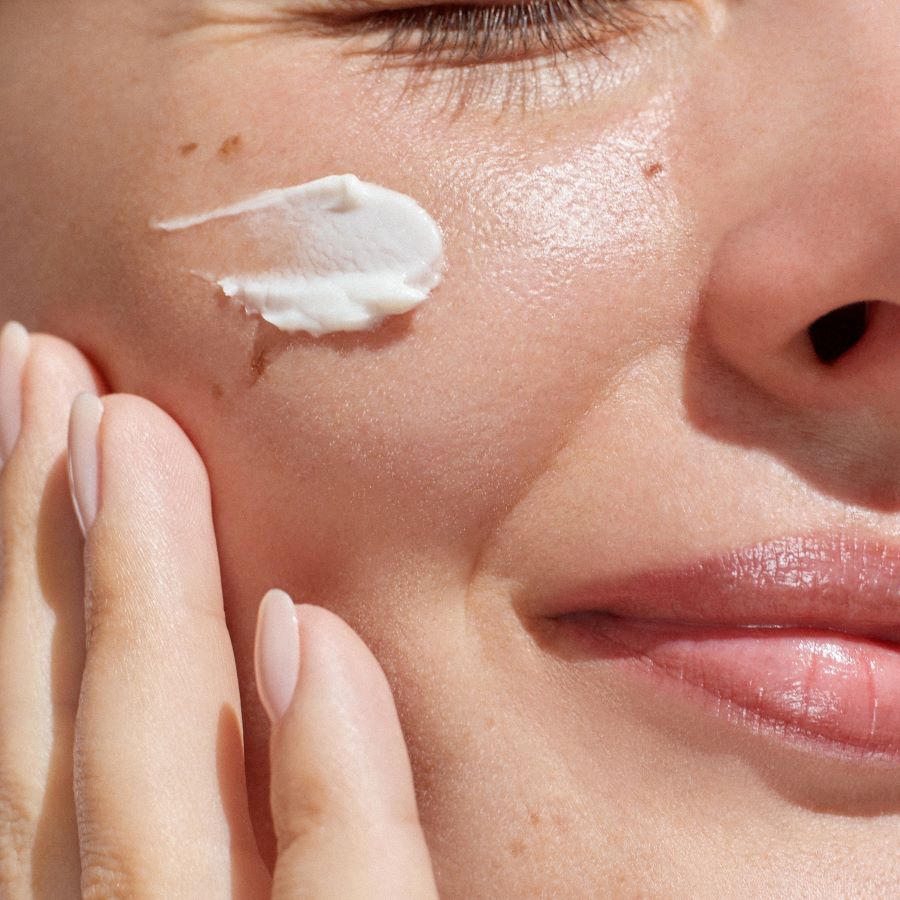From Wrinkles to Radiance: A Deep Dive into Botox
Botox, a term that has become almost synonymous with the quest for eternal youth, has emerged from the shadows of the beauty industry to become one of the most sought-after cosmetic treatments worldwide. Despite its somewhat controversial origins, Botox is now widely accepted and utilized in the field of aesthetic medicine. Its transformative power, being able to reduce the appearance of wrinkles and fine lines, has made it one of the most popular non-surgical treatments, earning it a dedicated following from celebrities to everyday people alike. The journey of Botox, from a toxin to a trusted beauty ally, is as fascinating as the results it promises.

Botox: A Historical Overview
Botox is derived from botulinum toxin, a substance produced by the bacterium Clostridium botulinum. Discovered in the 19th century during a bout of food poisoning, it was found to possess potent muscle-paralyzing properties. It wasn’t until the mid-20th century that scientists began harnessing these properties for medical purposes. Its first therapeutic use was in the treatment of strabismus, a condition causing misalignment of the eyes. However, its cosmetic potential was realized in the late 1980s when patients reported a reduction in forehead wrinkles following treatment for eye muscle disorders. By 2002, the US Food and Drug Administration had approved Botox for cosmetic use, and the rest, as they say, is history.
Botox and the Modern Beauty Landscape
Today, Botox has firmly cemented its place in the pantheon of beauty treatments, thanks to its efficacy in diminishing fine lines and wrinkles. It is particularly effective in treating dynamic wrinkles, which are those that appear with facial movements like squinting or frowning. The procedure involves injecting small quantities of Botox into targeted muscles, causing them to relax and smoothing out the overlying skin.
Botox’s popularity has also been buoyed by the rise of ‘preventative Botox,’ a trend among younger individuals seeking to stave off wrinkles before they become pronounced. This shift towards early intervention in the aging process has further broadened Botox’s demographic reach, making it a staple in many beauty regimens.
The Impact and Reception of Botox
Botox’s rise to prominence has not been without controversy. Concerns regarding potential side effects, such as drooping eyelids or frozen expressions, have been raised. However, when administered by trained professionals, these risks are significantly minimized.
The reception of Botox is a testament to its transformative potential. In 2020, despite the global pandemic, Botox treatments remained resilient, with millions of procedures performed worldwide. The global Botox market is projected to reach USD 6.9 billion by 2028, a testament to its enduring popularity.
The Future of Botox
The future of Botox appears promising, with ongoing research exploring its potential in treating conditions beyond cosmetic applications. These include chronic migraines, excessive sweating, and even depression, expanding its therapeutic reach.
Moreover, the advent of ‘Botox parties’ and ‘lunchtime Botox’ underscores how mainstream this treatment has become. However, it also underlines the importance of seeking treatment from qualified professionals to ensure safety and efficacy.
Uncovering Unique Insights
Despite its ubiquity, many facets of Botox remain underexplored. For instance, the role of Botox in promoting skin elasticity is not widely discussed. Studies have shown that Botox can boost collagen and elastin production, key proteins responsible for skin’s firmness and elasticity. This suggests that Botox’s anti-aging effects might extend beyond wrinkle reduction, offering a more comprehensive approach to skin rejuvenation.
Moreover, while Botox is primarily associated with women, more men are seeking Botox treatments, contributing to the rise of ‘Brotox.’ This shift challenges traditional beauty norms and underscores the growing acceptance of men seeking cosmetic treatments.
Botox’s journey from a potent toxin to a trusted beauty ally is a fascinating tale of scientific innovation and societal acceptance. Its historical context, current relevance, and potential future developments highlight the dynamic nature of the beauty industry. As we continue to redefine our understanding of beauty, treatments like Botox will undoubtedly continue to play a significant role. In the end, the allure of Botox lies not just in its ability to erase wrinkles, but in its power to enhance confidence, a beauty trait that never fades.




